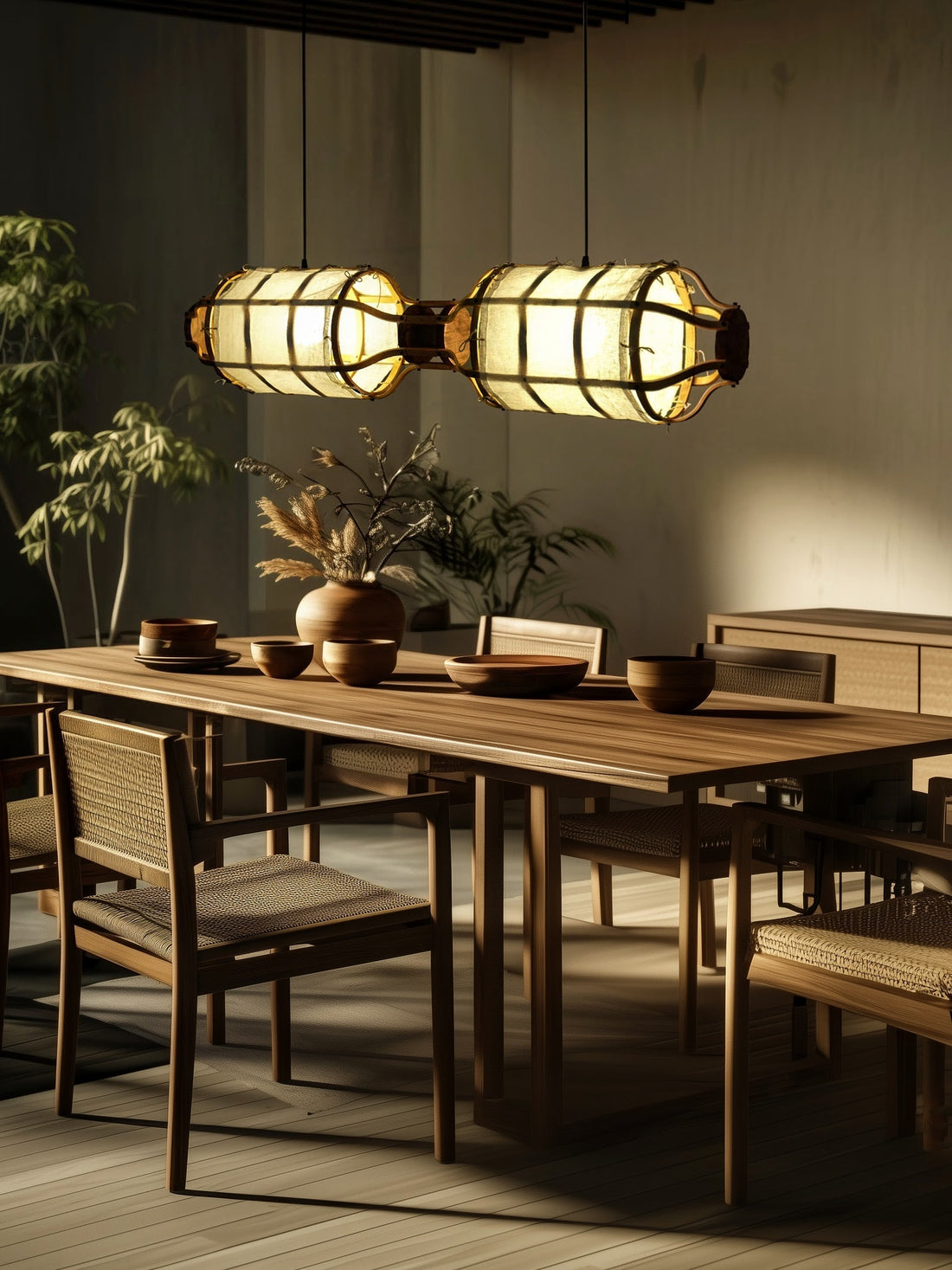
The New Luxury of Indian Craft: Rethinking Sustainable Materials for Modern Design
Mianzi TeamShare
Luxury today is not about opulence in excess, but about choices that whisper of responsibility, innovation, and authenticity. And in India, where heritage and material intelligence run deep, sustainable craft is being reimagined—not as nostalgia, but as the future of high-end design.

From Timber to Bamboo: A Shift in Material Consciousness
For centuries, Indian architecture leaned on hardwoods and stone—materials that symbolized permanence but also extracted heavily from the earth. The 2020s have sparked a radical pivot. Designers are looking at bamboo lighting, reed, cane, terracotta, hemp, banana fiber, and even agricultural by-products as the new palette of luxury.
This is not about compromise; it’s about possibility. Bamboo, for example, is no longer confined to rustic cottages or rural construction. With advanced treatment techniques and computational design, it is now engineered into sustainable lighting, architectural structures, and even modular furniture that competes with the sleekness of steel.
The lesson? Materials that grow back, breathe, and biodegrade have begun to define high-end lighting design and interiors that feel timeless yet progressive.
The Rise of Craft-Tech Collaborations
What makes Indian sustainable craft materials extraordinary is not just their eco-credentials—it’s the marriage of craft and technology.
Consider the way CAD-based molds are now enabling artisans to produce bamboo structures with precision. The outcome is neither mass-manufactured uniformity nor fragile one-off craft, but a balance: unique lighting ideas and architectural elements that can scale while keeping the soul intact.
This fusion allows restaurants, hotels, and luxury residences to source eco-friendly lighting and furniture that is consistent in quality yet unmistakably handmade. It’s not about replacing the artisan; it’s about amplifying their reach.
Craft as Atmosphere
In 2025, design is shifting away from surface-level ornamentation. The new paradigm is atmosphere. Sustainable craft materials in India are leading this change precisely because they are not passive. They influence acoustics, texture, and—most importantly—light.
A bamboo pendant does more than provide illumination. It softens glare, casts a warm and flattering tone, and creates intimacy. A cane screen is not just a divider; it transforms air and shadow. Terracotta tiles absorb heat, reducing energy consumption while adding tactile depth.
This is where sophisticated interior lighting and sustainable home decor meet: materials that speak the language of both design and ecology.
Sustainable Craft as the New Cultural Capital
To choose a bamboo lamp over a plastic fixture or a woven reed panel over vinyl is to make a cultural statement. It is an assertion that luxury need not be extractive—it can be restorative.
And when global travelers step into an Indian hotel lobby glowing under handwoven café lighting, or when homeowners host guests under the calming filter of bamboo chandeliers, what they are experiencing is not just design—it is India’s living craft tradition elevated into global modernism.
Towards a New Material Ethos
As sustainability becomes non-negotiable, the question is no longer if we should use craft-based sustainable materials but how we integrate them meaningfully into modern architecture and interiors.
The answer lies in innovation—developing processes that respect the earth while delivering on performance. And here, India’s artisans and design houses are not just catching up; they are leading the conversation.
The future of luxury interiors will not be defined by cold glass towers or machine-perfect steel. It will be defined by materials that carry the warmth of touch, the rhythm of renewal, and the intelligence of ecology.
Bamboo, cane, terracotta, hemp—these are not “alternatives.” They are the new foundations of high-end design. They are how we will light, divide, and inhabit our spaces in ways that feel not only beautiful but deeply humane.
And perhaps that is the most sophisticated form of luxury we can imagine.
